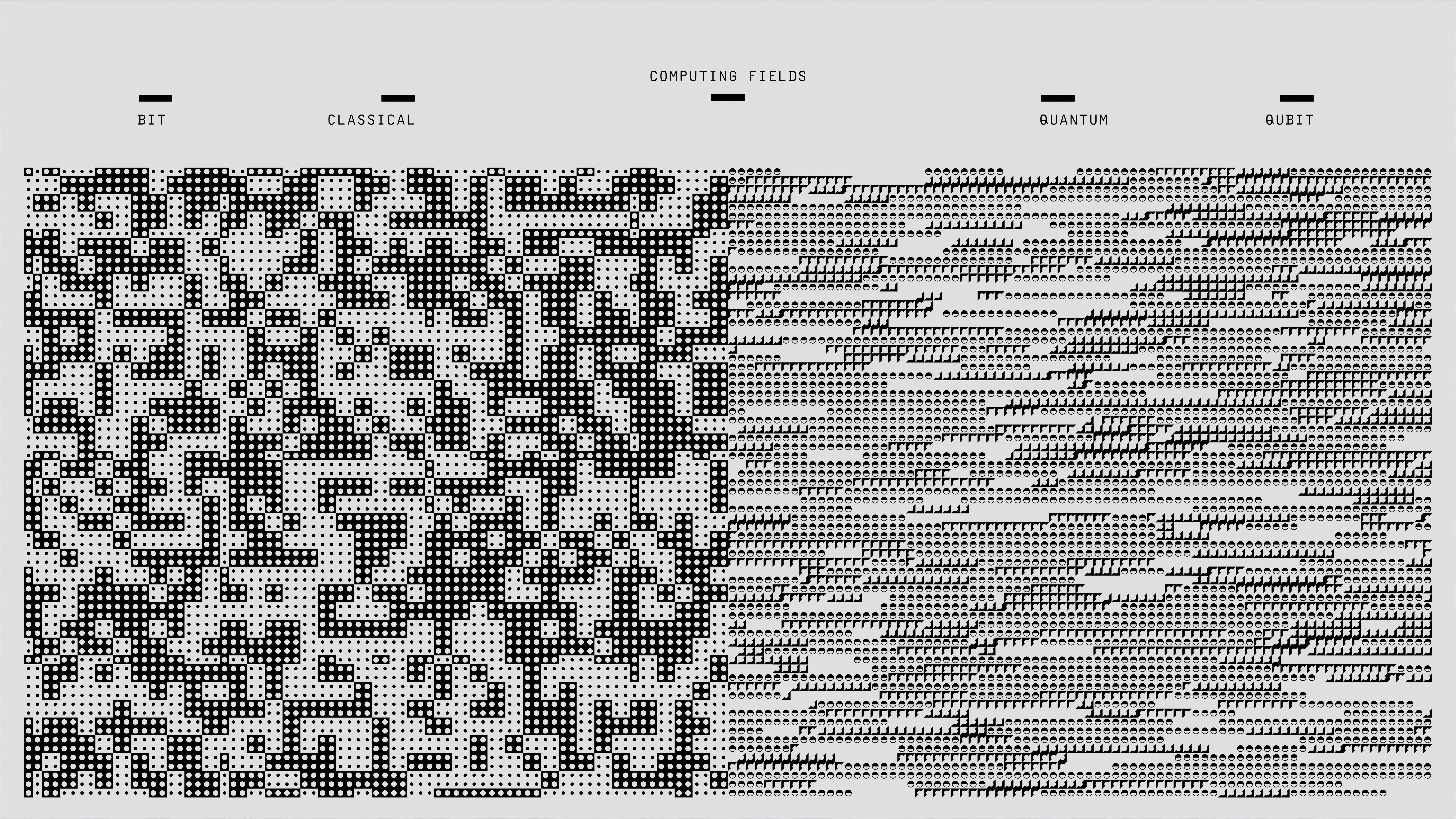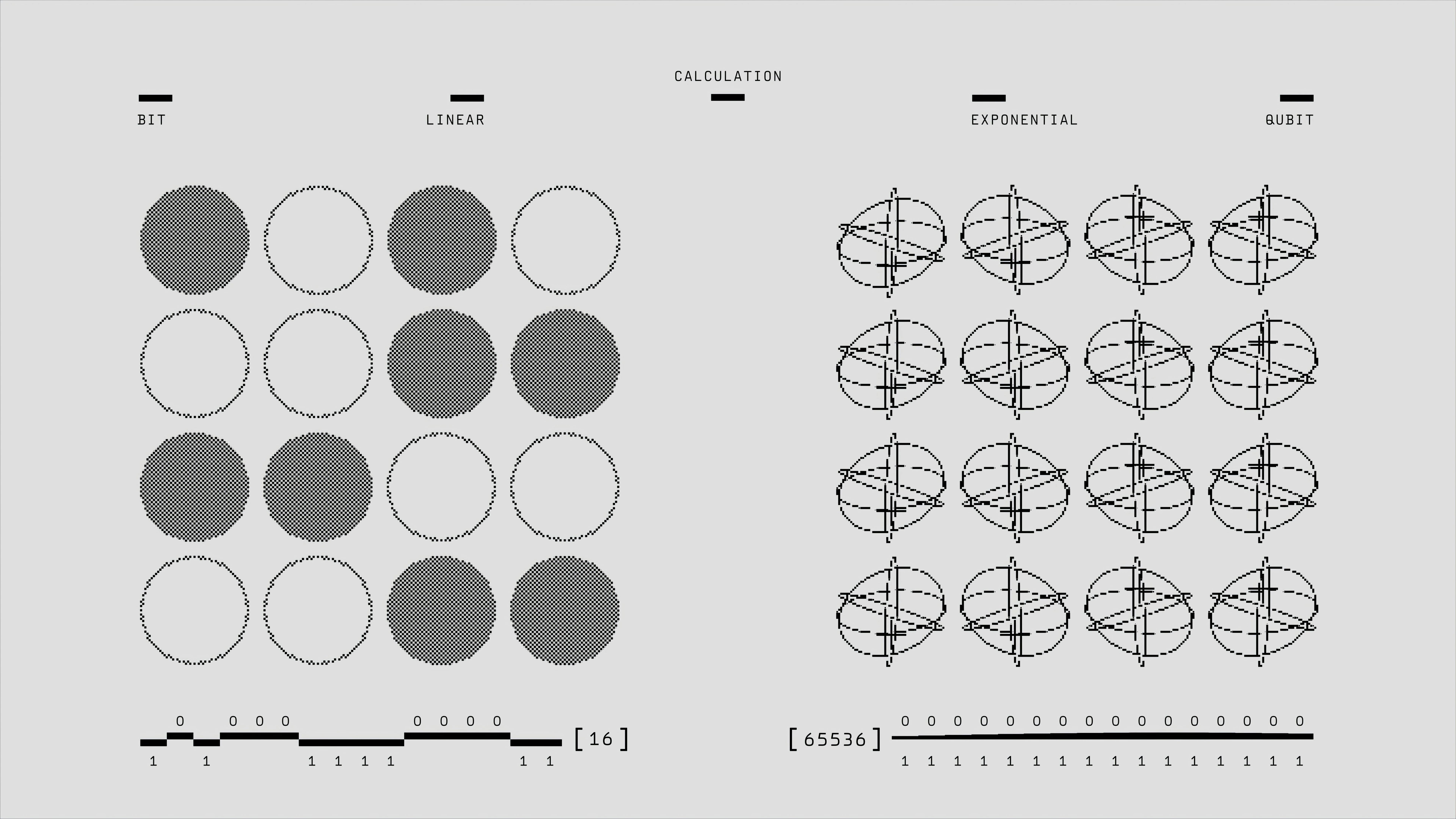🕓 Estimated Reading Time: 5 minutes
Overview
Black Hills State University (BHSU) has secured a significant NSF research grant totaling $700,000 from the National Science Foundation (NSF). This substantial funding is earmarked for groundbreaking research centered on germanium-based advanced materials, poised to revolutionize next-generation electronics and enhance space technology. The grant underscores BHSU's growing prominence in scientific research and its commitment to contributing to critical national technological needs. The project aims to develop novel materials with superior properties, particularly for applications in advanced semiconductor materials, which are vital for modern computing, communication, and defense systems.

Background & Context
Germanium, a brittle, silvery-white metalloid, has long been recognized for its unique electronic properties. It is a critical element in the development of high-performance transistors, infrared optics, and solar cells. Its high electron mobility, especially when combined with other elements, makes it an ideal candidate for pushing the boundaries of miniaturization and speed in electronic devices. Furthermore, its radiation-hardened properties are exceptionally valuable for components destined for harsh environments, such as outer space or high-radiation industrial settings.
The newly awarded grant will specifically fund BHSU germanium research that focuses on creating innovative germanium alloys and structures. This research is not only academically significant but also carries immense strategic importance for national security and economic independence. Current global supply chain vulnerabilities, particularly in critical mineral and material acquisition, have highlighted the urgent need for domestic innovation and production capabilities. By advancing the science of germanium-based materials, BHSU's work contributes directly to strengthening the U.S. technology infrastructure and reducing reliance on foreign sources for essential components.
The project is a collaborative effort, involving researchers and students from BHSU, South Dakota Mines, and the University of South Dakota. This inter-institutional partnership fosters a robust research environment, leveraging diverse expertise and resources across the state. A key aspect of the grant is its emphasis on undergraduate research training, providing invaluable hands-on experience to the next generation of scientists and engineers. This includes opportunities for students to participate in cutting-edge experiments, data analysis, and scientific communication, preparing them for future careers in high-tech industries or advanced academic pursuits.
Implications & Analysis
The implications of this research extend far beyond the laboratory. The development of advanced germanium materials holds the potential to unlock a new generation of electronics that are faster, more efficient, and more resilient. For instance, in the aerospace sector, radiation-hardened germanium components can enable more robust satellites and spacecraft, capable of enduring the intense radiation belts of space, thereby extending mission lifespans and improving reliability. On Earth, these advancements could lead to more powerful and compact computing devices, improved telecommunications networks, and highly sensitive sensors for various industrial and defense applications.
This project positions BHSU and the state of South Dakota at the forefront of advanced materials science. It is a testament to the growing research capacity within the region and its ability to attract competitive national funding. Such grants not only boost institutional prestige but also stimulate local economic development by attracting talent, fostering innovation, and potentially laying the groundwork for new high-tech industries. The focus on germanium, a critical mineral, aligns with national priorities to secure supply chains and develop domestic capabilities in essential technologies.

Moreover, the educational component is crucial. By integrating undergraduate students into sophisticated research, the program addresses a pressing national need for a skilled workforce in science, technology, engineering, and mathematics (STEM). These students will gain invaluable practical experience in experimental design, material synthesis, characterization techniques, and data analysis. This direct exposure to cutting-edge research will prepare them for advanced degrees or immediate entry into high-demand STEM careers, contributing to the nation's technological competitiveness.
Reactions & Statements
Leaders and researchers involved expressed immense enthusiasm for the grant's potential impact. Dr. Katrina Schmidt, Professor of Physics at BHSU and lead principal investigator for the grant, emphasized the transformative nature of the funding.
'This grant is a game-changer for BHSU and for materials research in South Dakota,' Schmidt stated, as reported by the Black Hills Pioneer. 'It allows us to delve deeply into the properties of germanium alloys, creating materials that could be essential for the next generation of electronics and for making our space technology more robust. It's a testament to the dedication of our faculty and the potential of our students.'
Dr. Kara Beauchamp, Director of Strategic Partnerships at South Dakota Mines, highlighted the collaborative spirit of the initiative and its broader significance for the state's research ecosystem.
'Working together across institutions strengthens our collective research capabilities and offers unparalleled opportunities for our students,' Beauchamp commented. 'This type of collaborative funding is crucial for addressing complex scientific challenges and building a stronger workforce in critical areas like advanced materials.'
Dr. Michael Grasinger, Assistant Professor of Computer Science at BHSU, spoke to the practical applications of the research, particularly in computer science and engineering fields.
'The advancements in germanium-based semiconductors will directly impact the development of faster and more reliable computing devices,' Grasinger noted. 'This research will not only push the boundaries of what's possible in hardware but also inspire students to pursue careers at the intersection of materials science and computer engineering.'
What Comes Next
With the grant secured, BHSU and its partners will move swiftly to establish the necessary infrastructure and commence the intensive research phase. This includes acquiring specialized equipment for material synthesis and characterization, such as advanced deposition systems and high-resolution microscopes. Recruitment of undergraduate researchers will be a priority, providing them with structured training and mentorship from experienced faculty members.
The research will involve meticulous experimentation with various germanium alloys, exploring different compositions and growth parameters to optimize their electronic and structural properties. Initial phases will focus on fundamental understanding, while subsequent stages will pivot towards prototyping and testing of these new materials in simulated application environments. Beyond the core research, the grant also supports K-12 outreach programs, aiming to inspire younger students in STEM fields and create a pipeline of future scientists and engineers interested in advanced materials and quantum technologies.
Long-term goals include publishing findings in peer-reviewed scientific journals, presenting at international conferences, and fostering intellectual property development that could lead to patents and commercial applications. The success of this BHSU germanium research project is expected to attract further funding and collaborations, solidifying South Dakota's role as a growing hub for materials science innovation.
Conclusion
The $700,000 NSF research grant awarded to Black Hills State University represents a significant milestone for the institution and for the advancement of materials science in the United States. By focusing on germanium-based materials, BHSU and its collaborators are directly addressing critical technological needs in areas such as advanced computing, space exploration, and national security. This investment by the National Science Foundation not only propels cutting-edge research but also cultivates the next generation of scientific talent, ensuring a robust future for innovation and technological leadership. The potential ripple effects of this research, from strengthening domestic supply chains to enabling revolutionary new devices, underscore its profound importance to the global technological landscape.
Comments
Post a Comment